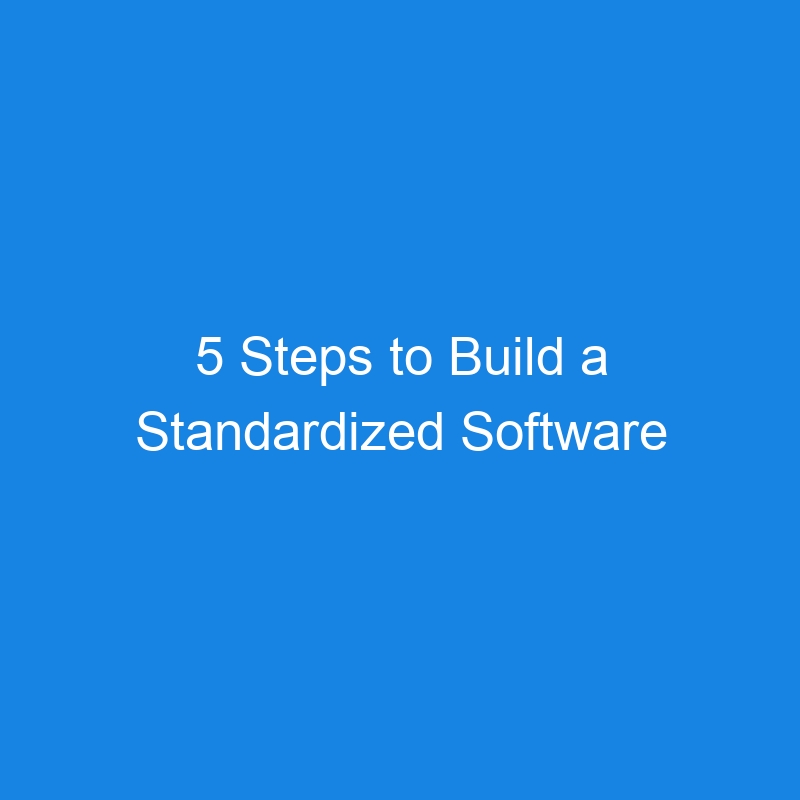
As organizations grow, the urgency to deliver software quickly often leads to a patchwork of tools, processes and practices. Different teams may create their own solutions to meet immediate needs, resulting in a fragmented development environment. This lack of cohesion is not just inefficient, it’s risky. Inconsistent tools and processes create bottlenecks, increase the likelihood of errors and make it difficult to enforce security standards uniformly.
Standardization creates a unified, efficient development environment where all teams can collaborate seamlessly. Organizations reduce complexity by standardizing tools, processes, and practices and aligning every team with broader business objectives.
Reduce Costs and Accelerate Time to Market
A standardized platform can significantly reduce costs. By eliminating the need for multiple third-party tools, a single platform reduces licensing, maintenance and integration expenses. It also minimizes dependencies on external vendors and lowers the cost of supporting and training teams on multiple overlapping tools.
A standardized platform also accelerates time to market. By streamlining the entire software development process and integrating tools and workflows into a single system, a platform approach removes the bottlenecks and delays encountered in multi-tool environments, enhancing speed and agility.
Security is also greatly enhanced because security protocols can be applied consistently across the platform, reducing vulnerabilities and simplifying regulatory compliance. In addition, development leads gain consistent, accurate metrics across the development life cycle, allowing them to optimize workflows and make data-driven decisions that meaningfully affect the business.
Finally, a standardized approach ensures scalability and future-proofing. As organizations grow, a scalable framework allows new or expanding teams to integrate seamlessly without disruption. The platform approach supports continuous evolution, enabling organizations to maintain streamlined workflows while incorporating new tools behind the scenes.
5 Steps to Achieving a Standardized Software Platform
Creating a standardized software platform is achievable for almost any organization, but it requires careful planning and execution. Here are five steps leaders can follow to successfully standardize their tools and workflows.
- Assess the current landscape: The first step is a comprehensive evaluation of an organization’s existing tools, processes and practices. This assessment should involve input from all relevant stakeholders, including developers, security experts and operations personnel. The goal is to identify inconsistencies, redundancies and areas for improvement to create a value stream for the customer.
- Develop internal standards coupled with clear objectives and requirements: Based on the assessment, the next step is to create a set of internal standards and best practices. These should encompass coding standards, deployment processes and building security policies. It’s important that these standards align with the organization’s strategic goals and that all teams can easily adopt them. Additionally, it’s the right time to determine the goals this process intends to achieve, such as improving efficiency, reducing costs, improving collaboration or increasing scalability.
- Leverage AI for efficiency: GenAI is increasingly integral to modern software development. Tools can provide AI-powered workflows that can automate routine tasks, allowing developers to focus on more strategic work and enhance security by integrating AI-driven security checks throughout development, ensuring that vulnerabilities are caught early.
- Centralize the platform: Once standards are in place, they need a home. A centralized platform can be the repository for all documentation, code repositories and project management tools. Centralization ensures everyone works from the same standards, reducing friction and improving collaboration.
- Invest in training: Standardization is only effective if teams are well-equipped to follow set standards. Invest in comprehensive training programs that cover all aspects of standardized processes. Continuous education is key to keeping teams up to date with the latest practices and technologies.
Conclusion
Software is a key differentiator for large enterprises, making the speed and agility of development teams critical to maintaining competitive advantage. However, the toolchains at many organizations have grown complex and cumbersome, increasing costs, harming security and slowing innovation.
Standardizing on a software development platform addresses these issues but requires planning and preparation. To capitalize on the benefits, start with a thorough assessment of current operations, establish clear internal standards, centralize tools and processes, and commit to ongoing training. The outcome will be a more cohesive, agile and secure software development process.
The post 5 Steps to Build a Standardized Software Development Platform appeared first on The New Stack.
